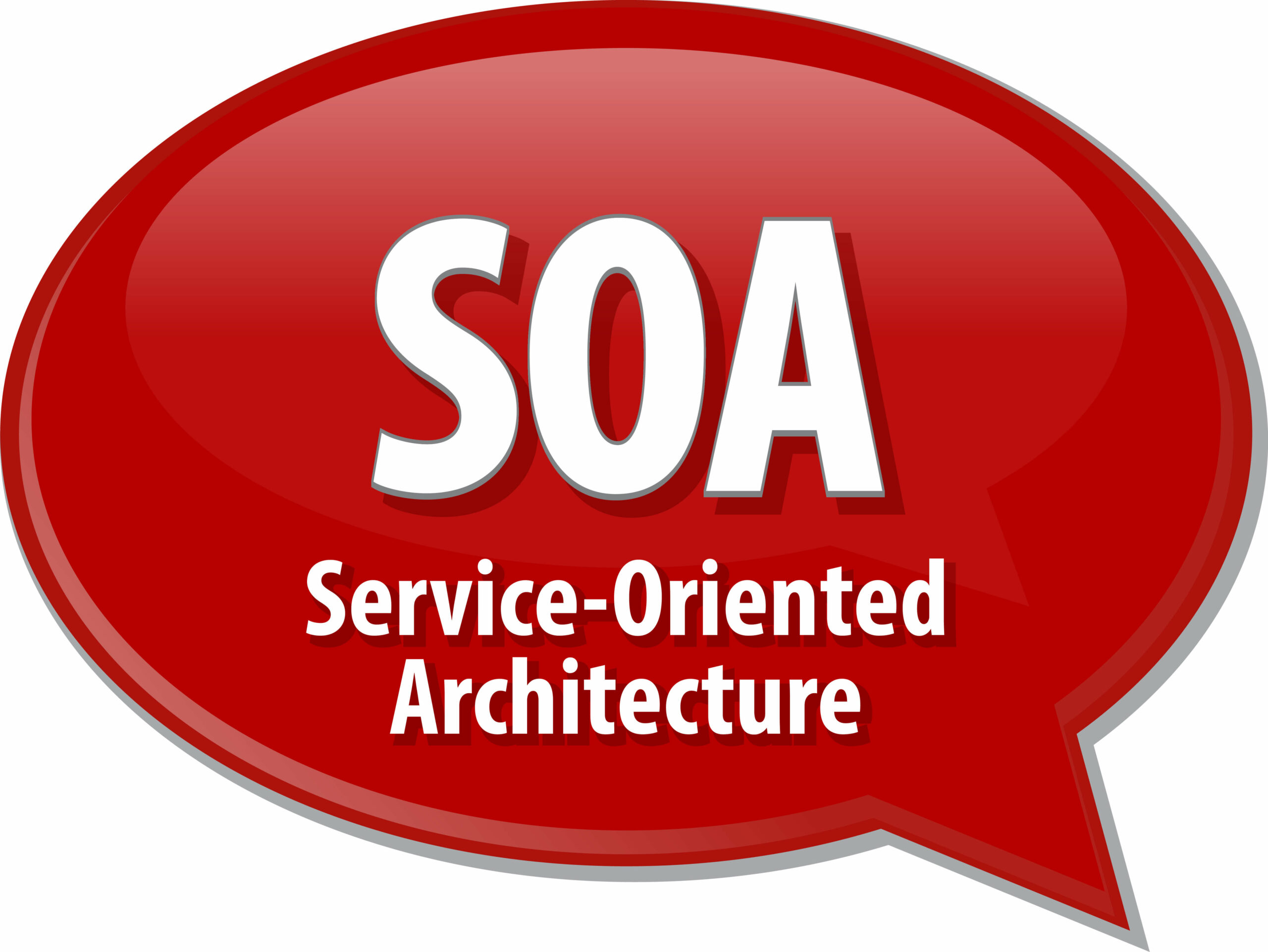Service Oriented Architecture can be a minefield for the typical business professional. Here are some SOA best practice tips we’ve gathered from years of succesfully running IT integration projects.
There is no doubt that the importance of SOA is now well-established in the business world and, while Business Process Management is a related discipline and one that business professionals often find more tangible, SOA can be a more esoteric and inaccessible concept for business people, since it is primary an IT design concept.
(Read our other article, What Are the Differences Between BPM and SOA? for more information.)
If the tenets of SOA seem too grounded in the IT niche for you to grasp, the best approach is to become familiar with a set of SOA best practices that are re-interpreted for the business user. SOA best practices will allow you to better understand how service oriented architecture becomes the integral design framework for BPM projects, and that in order for BPM to be a success, SOA standards have to optimally followed throughout the entire process.
The following are five business-friendly SOA best practice tips that should lead the way.
1) Let the SOA Maturity Model Guide Your Progress – And Your Spending
With the promise of improved integration, data sharing, reduction in loss and waste, and improved customer service and revenue levels, it isn’t hard for the IT portion of your organisation to start spending copious amounts of money and resources. That being said, it has been shown time and time again that SOA projects fail most often when the SOA maturity Model has not been followed properly.
Instead of spending wildly on new SOA platforms and technologies from the onset, take the “stage one – opportunistic” approach to implementing SOA, seeking out measurable, short-term SOA projects and goals that can function as a safe and reasonable test study for further implementation.
(To read more about the SOA Maturity Model, click here.)
2) For Starters, Find a Business Process That is SOA-Friendly
In the grand scheme of business, there will be aspects of our business processes and operations that will be naturally more receptive to SOA than others. As a best practice, try to first identify in-place processes that have support staff around them that are used to having applications built around. If the service has been opened up before, and the people who support that process are already comfortable having other applications built around it, it will make for a much smoother first project for your SOA campaign. We usually recommend a Centre of Excellence approach.
3) Encourage Your SOA Gurus To Talk In Business Terms
Implementing SOA is too far-reaching and expensive to ever feel as though you’re in the dark about what’s going to happen and what the reasonable goals are. For as much as SOA may seem to be the domain of IT, a good litmus test for whether or not your SOA service provider’s knowledge and understanding of SOA transcends the technical aspects.
SOA, after all, is a business endeavour. Therefore, demand that it be explained to you in business terms.
4) Be a Stickler for Documentation
As a business professional, it’s easy to lose sight of the importance of proper documentation for new SOA systems, especially since most if not all of that documentation may seem like another language to you. That being said, having proper documentation in place for new SOA systems is even more important that more traditional systems, since many of the new processes and functioned contained within SOA best practices are just now becoming mainstreamed in IT.
Typically, a best practice is to appropriate 75% of effort to planning, documentation and testing, and 25% to development. Often times, IT may dream of inverting these resources, but in the long run, solid planning and documentation will lead to leaner development and smoother sailing down the line.
5) Include Customer Onboarding As Part of Your SOA Game Plan
There is an endgame to SOA projects – and it has to end with making sure that you’ve taken the necessary steps to get your customers and clients on board with any new procedures, technologies, and functions that are part of your new SOA framework. For as much as it may seem like an obvious sort of best practice, in fact, customer onboarding is often left out of the SOA plan, which can lead to unintended consequences, such as customers becoming frustrated with new systems that do not understand.
Whenever you are undertaking an SOA project, always be sure to keep the customer in mind if they are going to have to interact with the new architecture, and be sure to keep that question front and centre as you move forward.
SOA and ESBs
An Enterprise Service Bus (ESB) is the typical platform to realise a SOA. Much like the traditional EAI tools, an ESB provides salient functionality for messaging, complex event processing, management, routing and mediation. We are experts in helping companies select an ESB. Read more about ESBs and download our whitepaper here.

